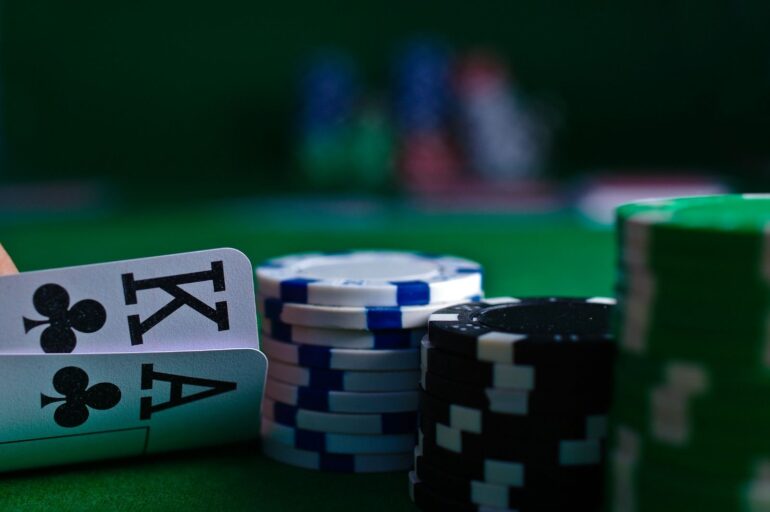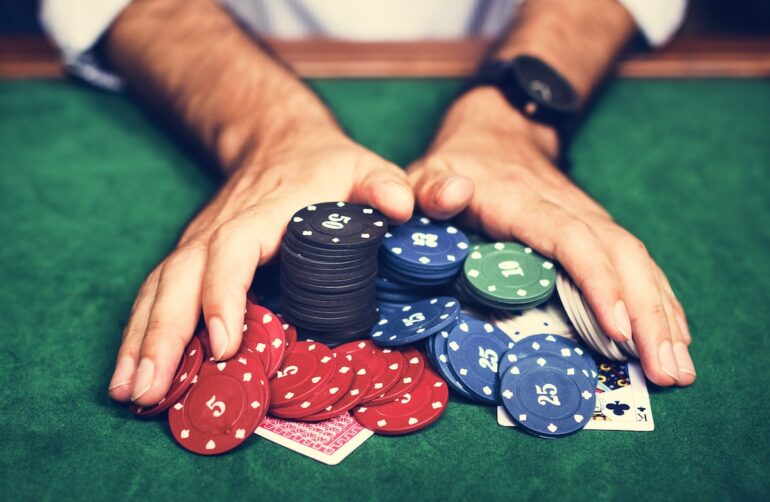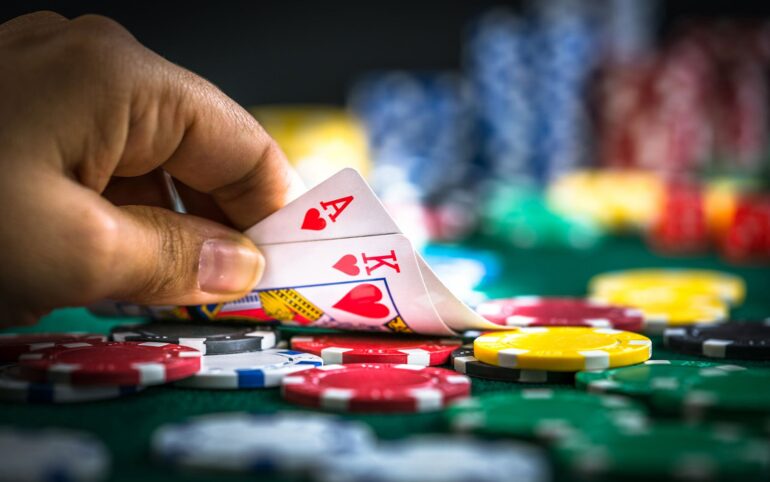In the game of poker, talent, strategy, and a little bit of luck are all combined. An important characteristic that can greatly influence your success is the capacity for successful bluffing.
Bluffing is more than simply keeping a straight face; it’s also about knowing the rules of the game, your opponents, and the circumstances of the moment. With an emphasis on the best hands to employ for bluffing and efficient bluff execution, this blog article will give novices 12 vital pointers for bluffing in poker.
The Essentials of Bluffing

Before diving into specific hands and strategies, it’s important to grasp the core principles of bluffing. Poker is a game where position and timing play pivotal roles, especially when it comes to executing a successful bluff.
Playing from a late position, where you act after most of your opponents, offers a strategic advantage. It provides you with valuable insights into their actions and the strength of their hands, akin to gathering intelligence on the field.
This concept is highlighted in the strategy discussions, where the emphasis is on leveraging information for tactical advantage and you try it out on platforms like go77.
Timing is also critical. Your chances successfully increase in scenarios where your opponents have demonstrated weakness or when the community cards suggest a hand that you can credibly represent.
Know Your Opponents
Understanding who you’re playing against is crucial. Different players react differently to bluffs. Tight players are more likely to fold against aggression, while loose players may call more often. Tailor your strategy to exploit your opponent’s tendencies.
Pay attention to how your opponents bet in various situations. This insight will help you decide when a bluff is likely to succeed. Players who frequently call bets might not be the best targets for your bluffs.
Choose the Right Moment
The best time to bluff is when the table dynamic works in your favor. This could be when you’re in a late position, giving you more information about your opponents’ actions, or when the community cards support the hand you’re representing.
Smaller pots are generally better targets for bluffs. The risk is lower, and opponents are less likely to call. In contrast, large pots attract more calls since opponents are more committed.
Bluff With Purpose
Every bluff should have a clear purpose, whether it’s to steal blinds, force a fold, or set up a larger play later on. Random bluffs without a clear goal are less likely to succeed.
If your bluff is caught and you’re facing significant resistance, know when to fold. Continuing to bluff in the face of clear defeat is a common mistake among beginners.
Use Position to Your Advantage
Acting last gives you a significant advantage. You have more information about your opponents’ actions, allowing you to make more informed decisions about bluffing.
Bluffing from an early position is risky because you have less information about your opponents’ hands. It’s generally best to avoid bluffing when you’re one of the first to act.
Manage Your Bankroll

Ensure your strategy is consistent with your bankroll management. Don’t risk a significant portion of your chips on a single bluff unless you’re confident in its success.
If you find yourself frequently bluffing or getting caught, consider adjusting the stakes you’re playing. Sometimes, a change in the level of play can make your bluffing strategy more effective.
Advanced Strategies
With a solid understanding of the basics, let’s explore more sophisticated bluffing strategies.
- The Power of Semi-Bluffs: Semi-bluffs involves bluffing with hands that have a decent chance of improving. For example, bluffing with a flush draw means you still have a significant chance to win the pot even if you get called. Semi-bluffs are powerful because they combine the potential to win immediately with the bluff and the chance to hit a strong hand on later streets.
- The Art of the Continuation Bet: The continuation bet is a type of bluff that occurs after you have taken the lead in the betting before the flop. Regardless of whether the flop has improved your hand, you continue to show strength by betting. This move relies on the strength of your pre-flop play and the assumption that the flop did not help your opponent either. It’s a fundamental strategy that can force folds from weaker hands.
- Bluffing with Blockers: Blockers are cards in your hand that reduce the likelihood of your opponent holding a specific hand. For example, holding an ace might reduce the chances that your opponent has a pair of aces. Bluffing with blockers can be effective because it makes certain hands less probable for your opponents, allowing you to represent those hands more credibly.
Navigating Common Bluffing Situations

Even with a solid strategy, bluffing can be tricky. Here are some tips for navigating common situations.
- Bluffing Against Tight Players: Tight players play fewer hands and tend to fold more often in the face of aggression. When bluffing against tight players, it’s crucial to choose your moments wisely. A well-timed bluff after the flop, especially if the community cards are unlikely to have helped their narrow range of hands, can be very effective.
- Handling Loose Aggressive Opponents: Loose aggressive players can be challenging to bluff because they play a wide range of hands and often bet aggressively. In these situations, patience is key. Wait for a strong hand or a situation where you have a significant range advantage before attempting to bluff. Semi-bluffs can be particularly effective against loose players, as they may be less likely to fold and you have the chance to outdraw them.
The Importance of Table Image
Your table image, or how your opponents perceive you, plays a significant role in your strategy. If you have been playing tightly, your bluffs are more likely to be believed. Conversely, if you have been caught bluffing several times, you may need to tighten up and bluff less frequently.
Adapting your strategy based on your table image can significantly increase the effectiveness of your bluffs.
Conclusion

The art of bluffing is a difficult one that requires practice. Beginners can begin to employ strategic bluffing techniques to their poker play by learning which hands are ideal to bluff with and by following these guidelines.
Recall that the purpose of bluffing is to maximise your expected value over time, not only to trick someone. The secrets to becoming an expert bluff artist are observation, practice, and never-ending education.
